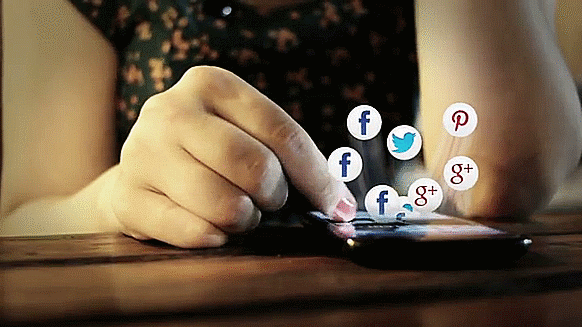The Pen vs Keyboard, a Note Taking Dilemma

Taking notes is one of the most fundamental thing one can do during a learning session. It helps to compartmentalize the teaching materials from an educator into pieces of information that one can recollect in the future. With the higher accessibility of computers as well as the increase use of online learning, one would ask about which method of note taking is best. Is typing our notes down better than writing down notes? Let’s find out, shall we?
Research & Findings
The research that will be presented in this article was conducted by Pam A. Mueller from Princeton and Daniel M. Oppenheimer from UCLA. They conducted the research by running three experiments with different conditions on universities students. Each experiment requires the students to take notes as in a classroom setting, a group with a laptop and another group with pen and paper. They were presented with many interesting but uncommon topics from different TED talks. Afterwards, the students were tested on their factual recall ability, conceptual understanding and application, and information synthesis and generalization.
The research has concluded that those who wrote down their notes learned more than those who typed their notes. The authors explained that writing is considerably slower than typing. This forced the students to focus more on the content and specifically select important details to note down. In turn, by writing down notes, they become more efficient in information processing and summarizing.
But that’s not to say that those who typed their notes produced only negative result, the research shows that those who typed their notes was able to take more notes. But even with the high number of notes taken, they retained less information. This was because they were simply rewriting almost all that was said in the lesson, making full use of the speed of typing. In another word, it’s more transcribing than taking down notes. Doing so would not stimulate the brain enough to process the taken information.
Compromising in the Modern Age
So, we now know the benefits of each method (and their drawback). The question now is, which is better? Objectively, writing is better when it comes to the ability to retain and process information. While typing is simply speed.
If the answer was what you’re looking, you’ve found it. But don’t go yet, you might be interested to know some compromises that we can do in the current technological age.
Still here? Cool!
Let’s look at 2 alternatives that can benefit you as well as the planet (surprisingly).
Alternative 1: Invest in a Tablet
A drawing tablet or a computer tablet like the iPad is one of the best middle grounds between traditional pen on paper and full keyboard typing. With this alternative method, one could have the best of both worlds. The digital ease of a computer as well as the action and brain connection of writing with a pen.
Writing on a tablet would definitely take some time to get used to, but the things you can do when you can integrate digital writing as part of your note taking routine is worth the trouble. The ability to keep all your notes digitally means that you can easily store and organize it. By it being digital, this would reduce your paper usage thus reducing further paper consumption.
Being digital, we can write on PDFs and pictures. This would also save paper if you’re the type of person that would print out their lecture slides to write notes on it.
One of the drawbacks of this alternative is that it is not cheap. Drawing tablet can be a hit or miss depending on its price. A bareboned drawing tablet wouldn’t cost too much. But if you want a professional grade drawing tablet with its own screen on it, that would probably put you in some sort of debt. Meanwhile, a computer tablet is basically like a bigger smartphone. Like smartphones, the prices vary from not too expensive to very expensive.
Alternative 2: Type first, Write later
The second alternative is a combination of both methods. Type first, write later. As mentioned in the research, hand writing your note is slow and would struggle with fast paced lessons. Therefore, it is not unreasonable to swap methods in order to cope and keep up with the study environment. Typing down your note first and then recompile it into writing form is an effective method of taking notes. But with this method, one would need to stay vigilant about the demerits of typing their notes.
Being on their computers would lead them to be exposed to plenty of distraction. It may come in the form of a website, games, other homework, or even social media. Take precaution and separate yourself from them. If you can’t trust your self-control, there are apps and software that can aid you in preventing distractions.
Recompile your typed notes into a written form that you are comfortable with. May it be digitally or on paper. This way, you are able to properly process the material that you’ve taken with your computer and organize it in a way that you can understand.
Thank you for going through this article. I hope that you might consider the alternative in the article. Feel free to share your note taking method.
May the notes be with you.
Ahmad Hashri | Degree in German Language and Linguistic, University of Malaya







